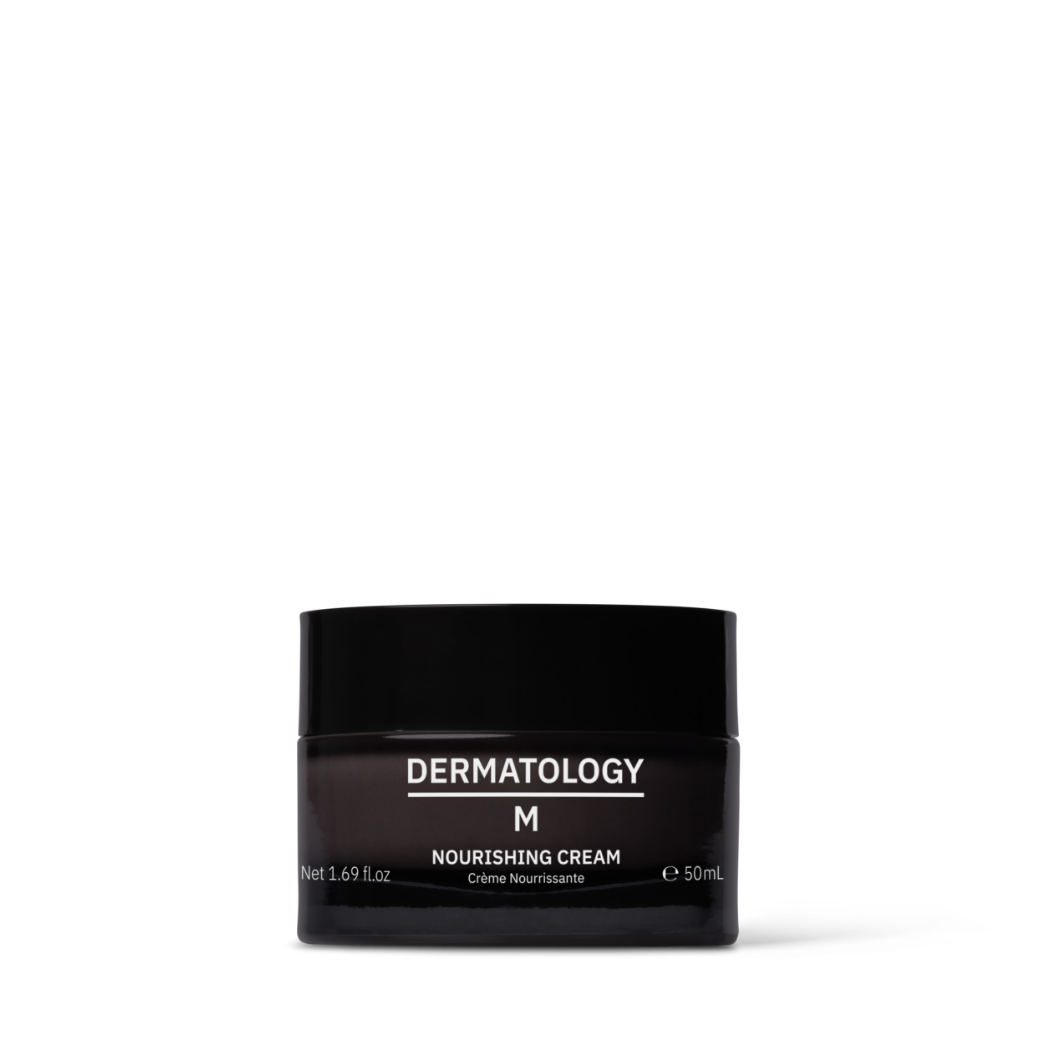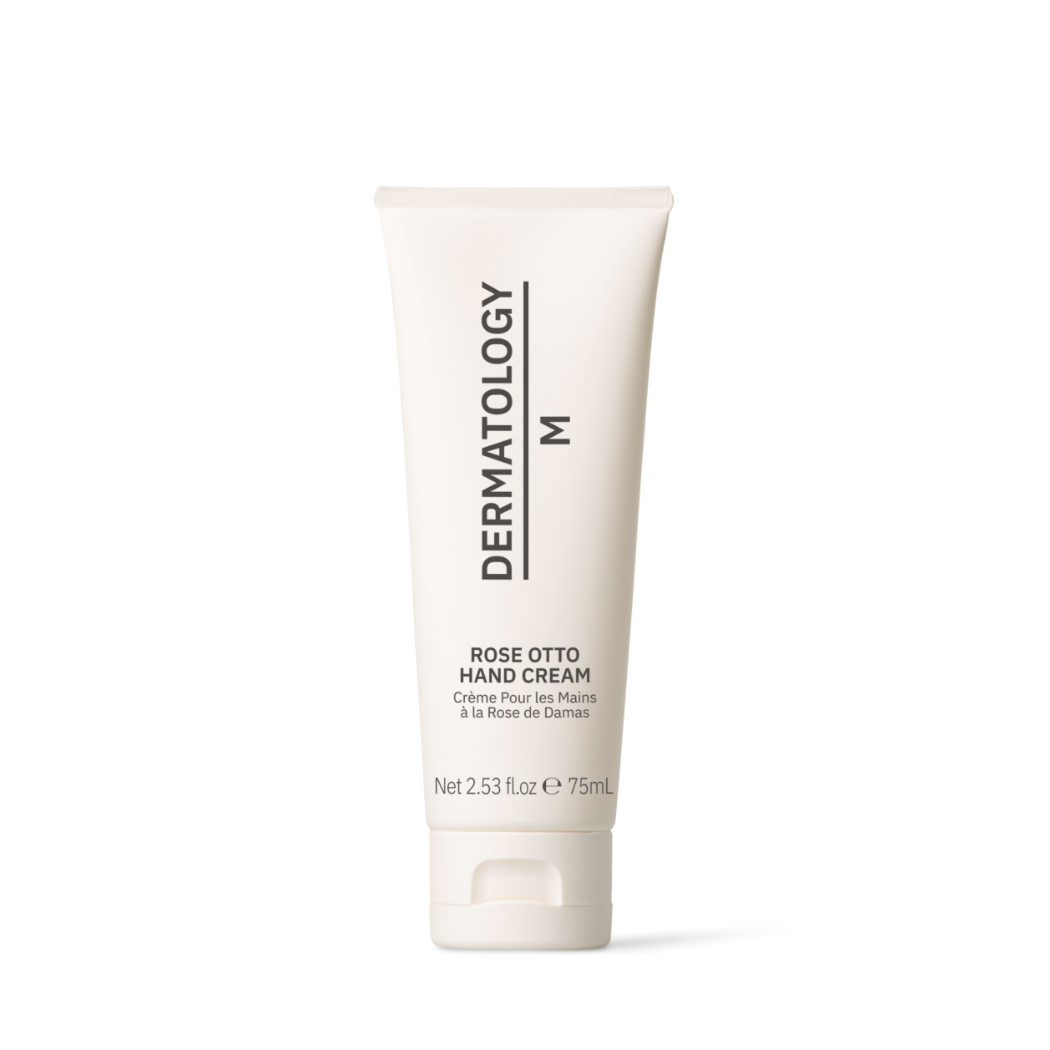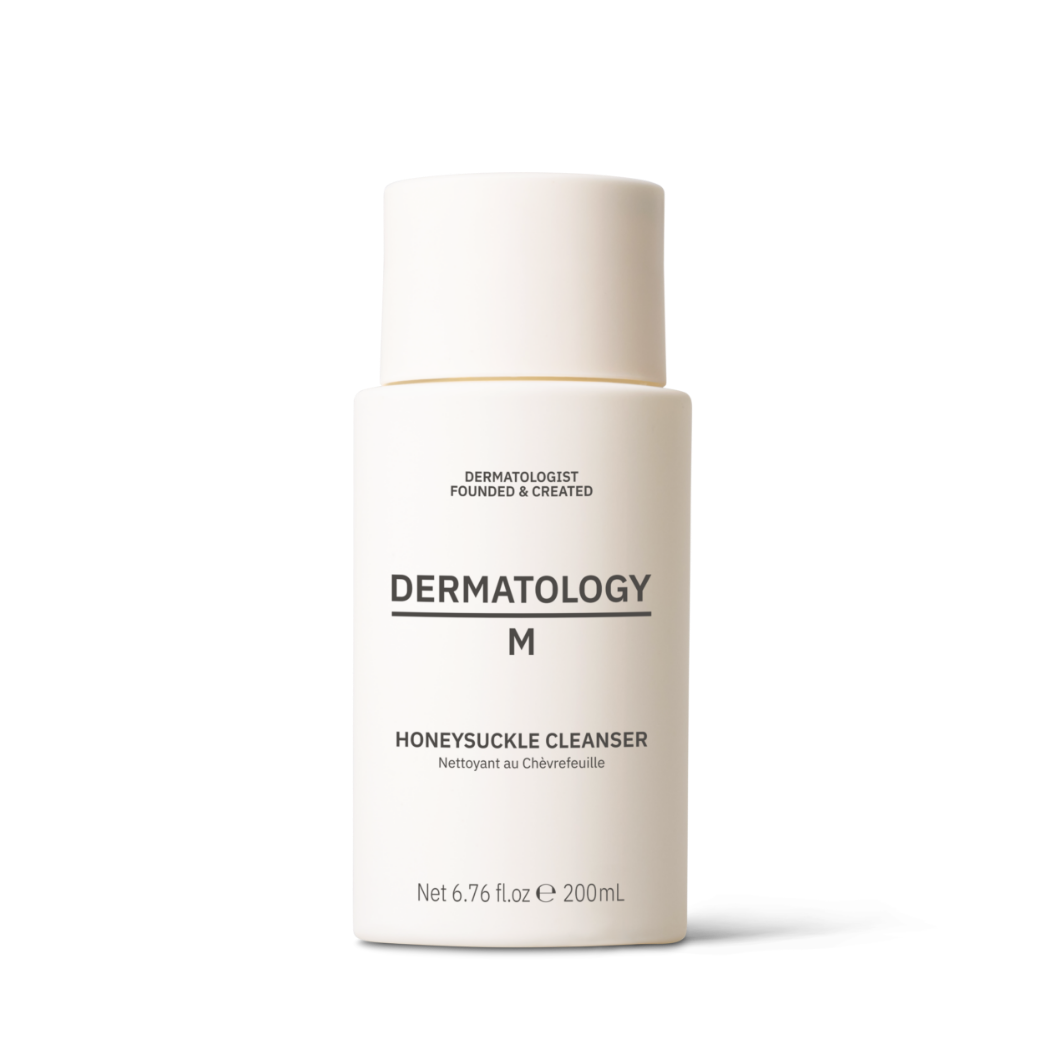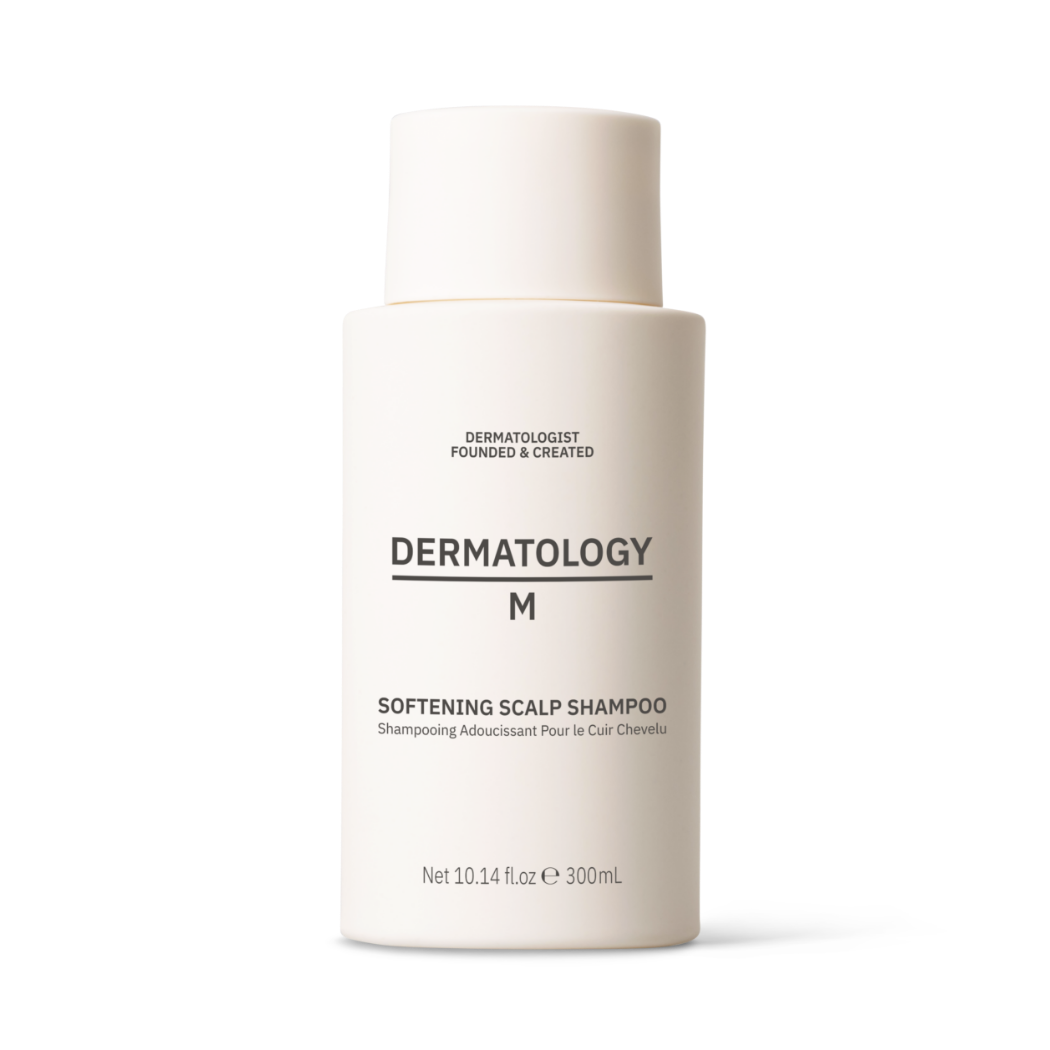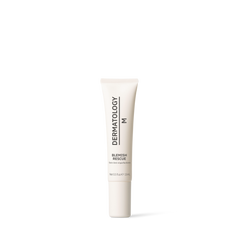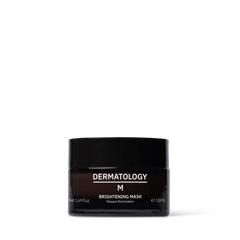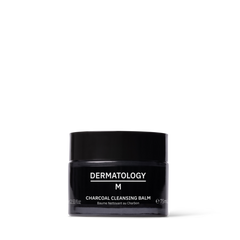Rosacea, or acne rosacea, is a chronic inflammatory dermatological condition, where overactive blood vessels under facial skin dilate and cause red rashes, swelling or flushing – something we also refer to as erythema.
The most commonly affected areas are the forehead, cheeks, nose (known as rhinopyma) and chin, though some people develop inflammation in the front of the eye (rosacea keratitis) or swelling and skin-thickening around the eye (lymphoedema.But what causes rosacea? So many patients at our Avicenna Clinic ask the same question. Unfortunately, the underlying causes of rosacea remain unknown despite very many years of research… which means planning the right course of treatment with you can prove challenging.
Rosacea can also be rather erratic, with skin remaining ‘normal’ for some time, before unpredictable flare-ups are triggered, lasting weeks or even months. Another challenge lies in the confusion around rosacea symptoms and those of other dermatological conditions, including skin allergies, eczema and acne. Indeed, it isn’t too uncommon for those experiencing acne rosacea in younger years to be wrongly diagnosed with acne (vulgaris). With treatment for the latter most likely to further exacerbate rosacea symptoms, correct diagnosis and treatment is vital.
There is, however, positive news…
What we do understand is that several factors play a part in increasing the likelihood of someone experiencing rosacea and flare-ups. Once you identify your own individual trigger(s), then a suitable management regime can be put into place.
Known rosacea triggers
- Rosacea is genetic. If you therefore have a parent or family member with rosacea, then you are likely to experience it also – whether mild or more severe. If rosacea doesn’t feature in your family at all, then you won’t ever get it.
- Rosacea is most common in those with fair skins. Though it can affect all skin tones, rosacea is much more visible on fairer skins.
- Rosacea is worsened by exposure to sun and pollution. Whether rosacea is mild or more chronic, the fact that your skin barrier is compromised leaves skin less resilient against free radical damage, irritants and further inflammation. It is therefore vital you apply a daily sun and city block to skin – one containing zinc oxide and titanium dioxide, rather than synthetic ingredients that further sensitise rosacea.
- Rosacea may be impacted by reproductive hormones. Indeed, a high proportion of our rosacea patients are female and report increased flushing and bumps at the midpoint of their menstrual cycle or during menopause.
- Diet plays a considerable part in rosacea reactions. Indeed, anything you eat or drink that may cause your face to flush can trigger a rosacea flare-up, with hot drinks, alcohol, dairy and spicy food proving the worst culprits.
- Lifestyle also, of course, plays its part. Excessive sweating from exercise, extreme temperatures from saunas, hot showers and hairdryers, stress, anger or embarrassment, going from external cold to interior warmth (or the opposite) and even certain skincare ingredients… all such factors are easy rosacea triggers and should, therefore, be avoided.
What about a cure for rosacea?
Rather frustratingly, rosacea is incurable. However, its symptoms can be very effectively treated and managed through tailored changes to diet, lifestyle and skincare routine.Visit our Spotlight blog on the most effective ways to manage rosacea here.
